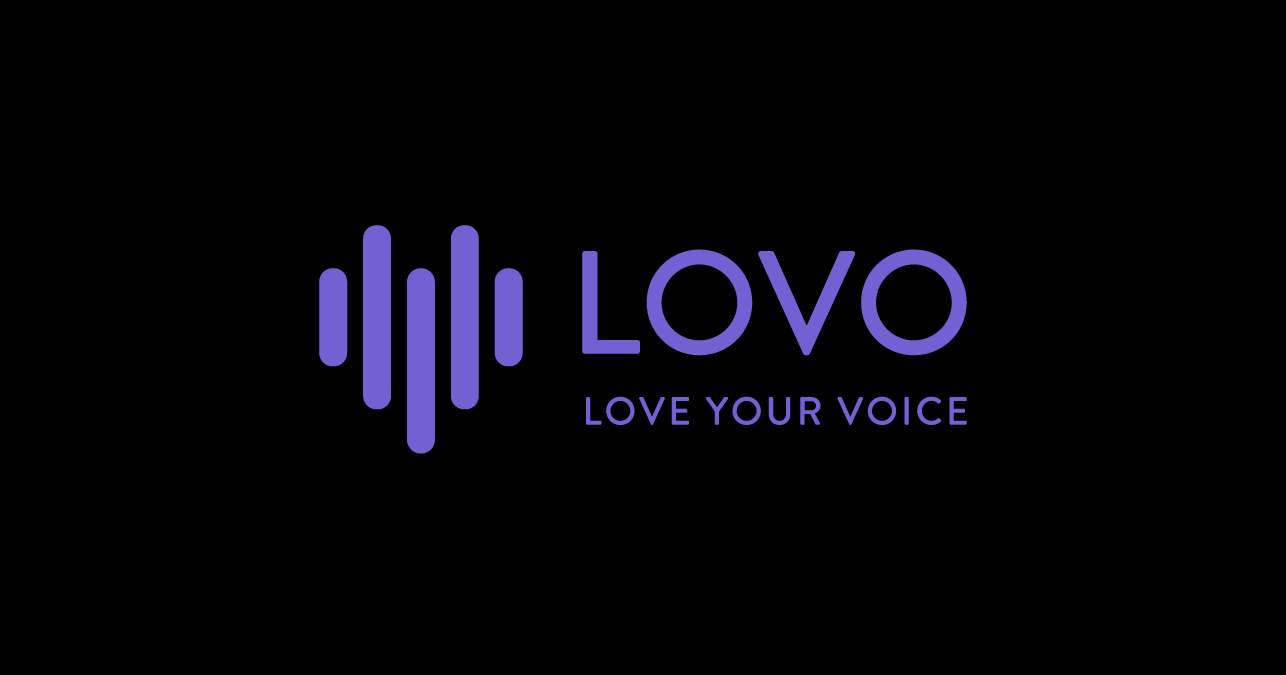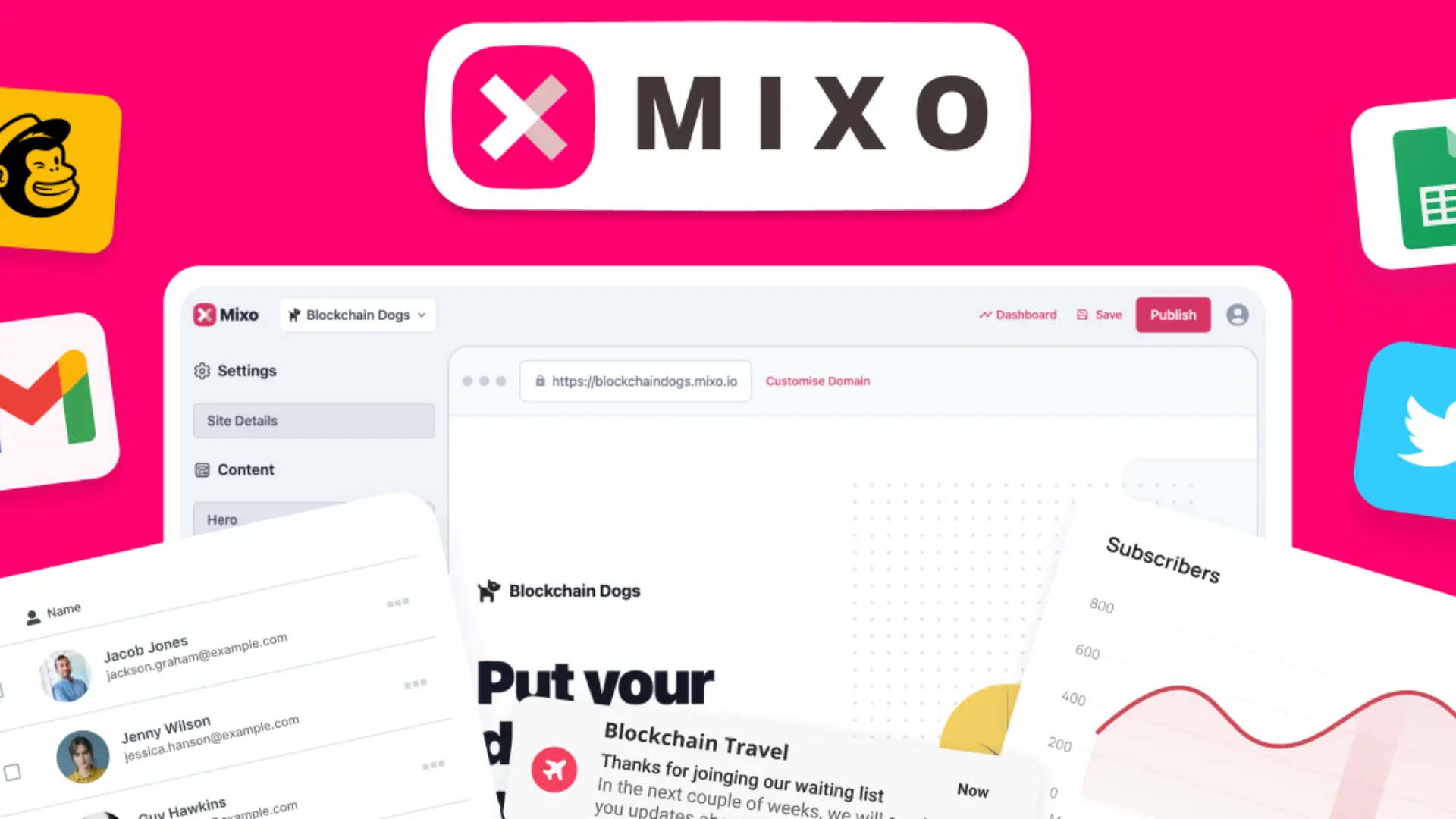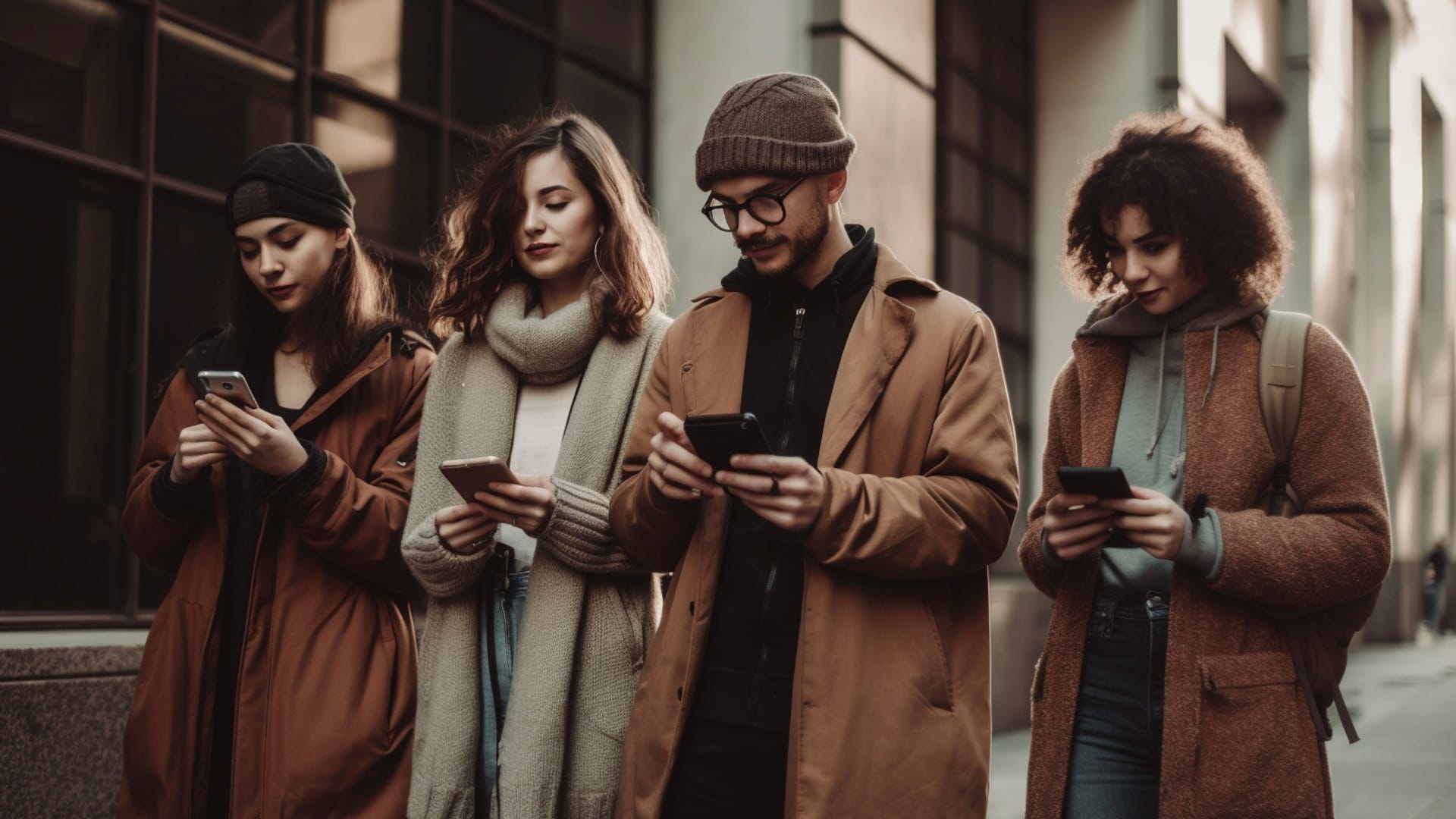Web Friendly has come a long way from the one-man company that Matt Astifan founded in 2009. The training programs have touched the lives of thousands of people, and Internet Masterminds have brought together thousands more. The Social Media Director Certification Program continues to jump-start careers and improve lives, fitting perfectly into today’s digital marketing landscape. Sounds smashing, doesn’t it?
However, there is only so much a certain business model can accomplish. Considering how much of a positive effect our work has had on our students and partners, we feel obligated to grow. We absolutely must scale our vision to reach as many people as possible, and make social media marketing magic a reality for both freelancers and business owners.
Long story short, Web Friendly is not only rebranded visually. The vision is expanded and improved:
- We will now be consistently publishing useful and free content, sharing what we know about the world of Digital Marketing.
- We've expanded the amount of support we provide to our mentees in their business efforts.
In light of these big moves, we began to search for a new visual identity. For any brand, the first point of contact with the public (more often than not) is all of the visuals: the logo, colors, typography, and any other unique visual identifiers. It's literally the "face", the stuff that makes the first impression.
Some will say "It's not the wrapper, it's how the actual chocolate tastes" and they are absolutely correct. So, why is the "wrapper" so important?
The answer is easy: we know our content is good. That is taken care of. The next step is to create a "wrapper" that will let people know, from a mile away, where it is and how to get it.
Here's the result of the (lengthy and thorough) process of developing our own iconic identity. If you want to see a technical example of the things you need to have in place for a strong and consistent visual brand, read on.
Part 1: The Smiletag and the Logo
The name "Web Friendly" is a descriptor. It describes what field the company works in, how it does its work, and the end result: on the web, in a friendly way, and the end result is web-friendly (like mobile-friendly, user-friendly, etc.). In addition to this, Web Friendly's activity is mostly centered around the world of Social Media.
We decided to work from the hash symbol. Not because hashtags are hugely important to the world of social media, but because they serve the same function on every Social Media platform where they are used. Therefore, it's a good way to refer to the world of Social Media without being tied to any specific platform.
One thing lead to another, and the Smiletag was born:

It's simple, unique, and easily recognizable. Besides the elements of a smile and the hash symbol, the symbol is also easily interpreted as the same form that the human body makes when the arms are raised high and wide. This body language is associated with strength, excitement, and triumph.
The Web Friendly® logo itself is a single composition, consisting of the brand symbol and the trademarked name:

The entire composition is drawn up from a preconceived geometrical scheme, shown below. If you needed to draw a logo for a Yeti that you met in the mountains, and you didn't have a computer handy, this is what you would rely on:
(feel free to expand this one to see all of the little letters)

There you go. The secret sauce to the Web Friendly logo is now yours.
But what happens if we want to use the logo in some marketing material or merch that only has narrow vertical space? Or a narrow horizontal one? For that we have a few more carefully constructed versions:

#1 is to be used simply when a vertical orientation is required for the design. Like this:

#2 is for narrow vertical space. Like that:

#3 is for narrow horizontal space. Like so:

Part 2: Guidelines and Restrictions on Use
Be warned: if you go out there and use our logo willy-nilly, we will call the Web Friendly Brand Police and they will have a serious talk with you.
Here are our guidelines on how to use the logo and what not to do with it under any circumstances.
First and foremost, to stay readable and identifiable, the logo must be surrounded by an invisible bubble of magical brand protection. Margins, in other words. Since the design is based on typography, we've chosen the letter E to be used as a guide to these extremely important margins. Where the Smiletag is used on its own, the width of the two vertical lines is used for the same purpose:

But wait, Web Friendly is trademarked! What if we need to let everyone know? In that case:

But what if we use the logo on Social Media? It gets cropped into a circle on so many platforms! We've thought of that too:

Speaking of trademarking and naming standards, Web Friendly has only one name, which is written in only one of two ways:

It's pretty straightforward. Anything other than "Web Friendly" or "Web Friendly®" is out of the question. Of course, if you need to tag a post with our hashtag, you would write #webfriendly. This conveniently looks like our logo a little bit.
Now on to the restrictions.
- The logo must not be distorted
- Different parts of the logos must not be arbitrarily resized
- The colors of the logo must not be changed
- The font must not be changed
- The logo must not be rotated
- The logo must not be changed with strokes or additional graphic elements
- There must not be additional effects on the logo (shadow, glow, reflection, volume, etc.)

For the logo to look awesome at all times, there are some additional graphic restrictions:
- The blue version of the logo must never be used on colored backgrounds and photos
- It is undesirable to use the white version of the logo or Smiletag on backgrounds that have a fill density below 20%
- It is undesirable to use variegated, heterogeneous backgrounds in branding materials
- It is inadvisable to use rounded corners with a small radius in the branded graphics
- When designing brand materials, using lines with a slope angle that is not equal to the inclination of the diagonals in the Smiletag (82.7°) is undesirable

Part 3: Colors
As you have probably guessed, our brand color is not just a boring "Blue", but has a fancy and exciting name: Egyptian Blue. We chose this color not only because it looks bright yet professional. As it turns out, the color blue is extremely rare in nature and was rare in man-made objects up until recent times. This makes it a signifier of both importance and human progress.
One of the first blue pigments ever created was made in ancient Egypt, and we chose the color that is called Egyptian Blue today. It is a symbol of the human drive to innovate and create ideas that can stand the test of time. Oh, and it looks pretty cool too.
Other than these aesthetic points, the color blue is also the most used "corporate" color and is (of course) the main Facebook color. In short, it is firmly associated with professionalism and trust. But we don't want to be just like everyone! We need to stand out. Egyptian Blue hits two birds with one stone on the practical front: it's bright enough to stand out among other blues but tame enough to not be in your face.

Just like a good wine pairs with certain foods, so does our logo and its color go well with a certain range of colors. Here are some of them. This is not a canonical palette, but our curated selection.
Pro Tip: put in the extra effort to find corresponding Pantone and CMYK colors that would look good in print.

Part 4: Typography
Nunito Sans is the main font we will be using, with Open Sans as a backup. The choice of font is not overly complicated. It follows the rules of design magic to match the curves and proportions of the logo and takes into account how and where the font will be used. To be completely honest, talking about typography can take forever, so we'll spare you the gory details.
The important part of the decision here was whether to use a serif font or a sans serif. We went with the sans serif option because of its simplicity, unpretentious mood, and better suitability for short blocks of text.
Also, it is available through Google Fonts, which means it is easy to utilize on the web.
To keep things simple and consistent, we have designated four font weights for various uses.
400 - This is regular body text
800 - This is bold text
200 - This is a light heading
900 - This is a bold heading
Part 5: How it all comes together
Now that we've got all of the elements in place, what happens when a designer gets a hold of our brand book and uses it to create stuff?
This website is an example, even though it is a work in progress, and here are some more examples:
A simple Facebook Page cover image:

A YouTube thumbnail:

A trifold:

A pull-up banner:

You can also check out all of our new product logos on the Training and Certification page and the Books, Guides, and More page.
Conclusion
A good rebranding project is not just a simple aesthetic overhaul but must also work according to practical objectives. Both aesthetics and practical considerations change with time, based on contemporary trends and the industry that a company works in. The important thing to remember is not to fall into the trap of following trends and mimicking the competition. It's a balancing act of fitting into modernity and standing out from the crowd at the same time.
Figuring everything out all at once and predicting every possible design scenario is also an unreachable goal. The purpose of a good brand book is to lay the foundation of design guidelines from which any designer worth his salt will be able to create on-brand materials, even when taking into account subjective preferences.
When you decide to rebrand or create a new brand altogether, remember this: the clearer your goals and vision, the more likely you are to end up with a brand that not only looks good but also works as an integral part of your business.
Drop a comment below to let us know what you think. We are always looking forward to your comments.
For more information, check out the following guides:

Eugene Grabovy
An inspired digital marketer with a knack for the creative and authentic. Eugene is the founder of Hapex a web design, branding and social media marketing company.
follow me :








Related Posts
The Future of Facebook According to Mark Zuckerberg
May 11, 2023
Kajabi’s State of the Creator Economy 2023
Feb 02, 2023
Truebill $1.275B Acquisition by Rocket - What We Can Learn
Nov 03, 2022